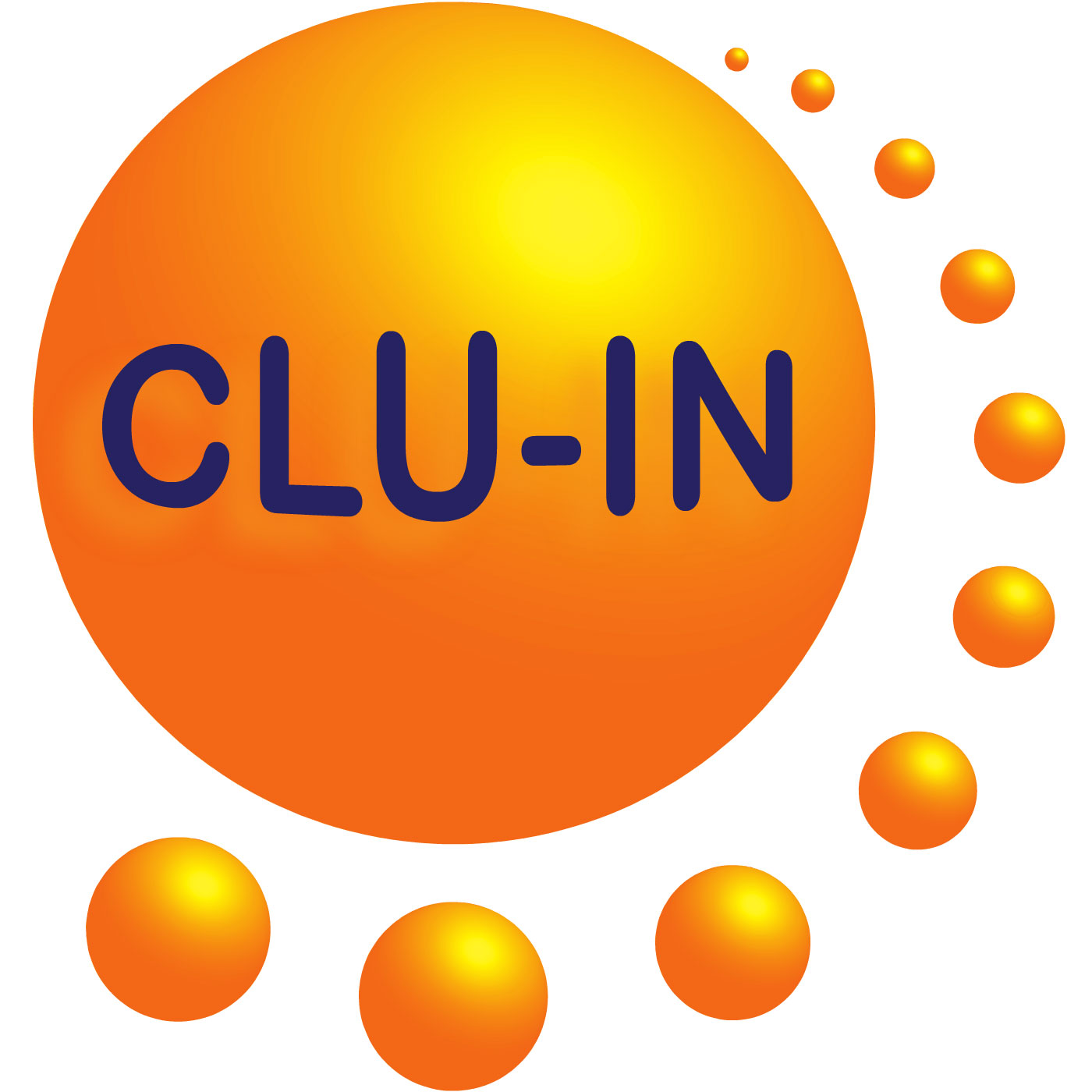Audio for "Microplastics," Feb 27, 2024
Description
In response to one of the biggest emerging environmental concerns, ITRC formed the Microplastics Team in 2021 to develop the Microplastics Guidance Document. Plastics have become pervasive in modern life and are now used in a wide range of commercial and industrial applications. Microplastics may result from the degradation and fragmentation of larger plastics, or they may be intentionally produced for specific applications and products. Regardless of their origin, microplastics are now ubiquitous in our environment. Because of their small size and pervasiveness in the environment, microplastics, along with any other contaminants which are adhered to the microplastics, may be inadvertently consumed by humans and other organisms.
The online ITRC Guidance Document (available in February 2023) is geared toward an audience with reasonable level of scientific understanding, but not microplastic-specific knowledge. The guidance provides a user with information on microplastics and the state of the applied science without having to go to the scientific literature.
The target audience for the guidance and this training course includes state regulators and environmental consultants, as well as community and tribal stakeholders.
The guidance and this associated training course uses a conceptual site model to navigate microplastics in the environment and explore the following general areas:An introduction to microplastics, their sources, and worldwide distributionThe pathways through which microplastics can enter and travel in the environment and their distribution in various media (water, soil, sediment, air, and biota) A current look at the most common techniques and best practices for sampling and analyzing microplasticsPotential human health and ecological risks associated with microplastics in the environmentAn overview of existing regulations related to microplastics and macroplastics at the state, federal, and international levelsExamples of prevention and mitigation strategies and best management practices to reduce microplastics from entering the environment and the emerging technologies to abate, treat, and remediate microplastics once they exist in the environment Identification of data gaps and the need for further researchSeveral case studies illustrating a range of current microplastics-related topicsPrior to attending the training class, participants are encouraged to view the associated ITRC Microplastics Guidance document. To view this archive online or download the slides associated with this seminar, please visit http://www.clu-in.org/conf/itrc/Microplastics_022724/
More Episodes
In response to one of the biggest emerging environmental concerns, ITRC formed the Microplastics Team in 2021 to develop the Microplastics Guidance Document. Plastics have become pervasive in modern life and are now used in a wide range of commercial and industrial applications. Microplastics...
Published 11/07/24
The NIEHS Superfund Research Program (SRP) is hosting a Risk e-Learning webinar series focused on using artificial intelligence (AI) and machine learning to advance environmental health research. The series will feature SRP-funded researchers, collaborators, and other subject-matter experts who...
Published 11/04/24


